
The Aconcagua boy died as part of an Incan ritual of child sacrifice called capacocha. Children and adolescents were taken to the tops of high peaks and left to die of exposure or killed outright; the Aconcagua boy was likely executed with a blow to the head. Several capacocha mummies have been found on mountains scattered throughout Inca territory, but the Aconcagua boy is "one of the best preserved," says Antonio Salas, a human geneticist at the University of Santiago de Compostela in Spain and an author of the new study. The boy died 5300 meters above sea level in "one of the driest climates that exist," Salas says. That gave him hope that the mummy might still contain traces of DNA.
It did. Salas and his team extracted the mummy's complete mitochondrial genome—comprising 37 genes passed down solely from the mother—from one of its lungs. Sampling an internal organ was a good choice for minimizing the risk of contamination, says Bastien Llamas, a geneticist at the University of Adelaide in Australia who studies ancient South American populations. In the years since the mummy was found, "you assume ... no one has touched the lung with their own hands, so there is no contamination from the people who have been working on it," says Llamas, who was not involved in the study. But to make sure his research team wasn't contaminating the find with its DNA, Salas genotyped every last one of them.
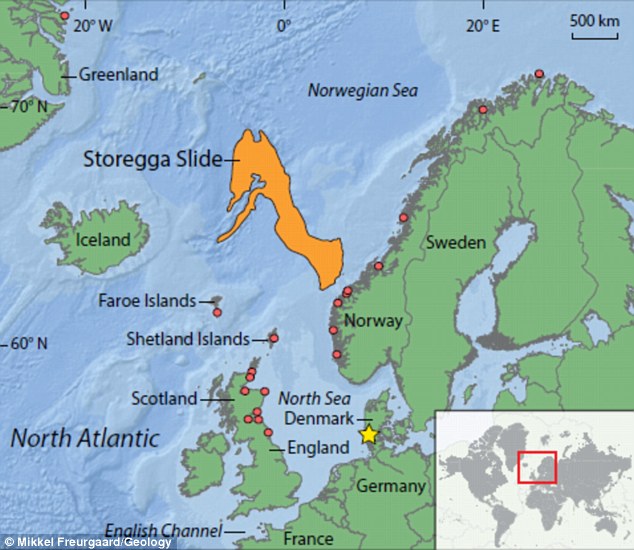
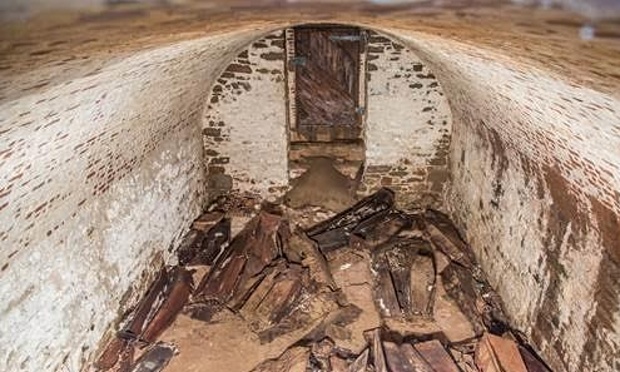

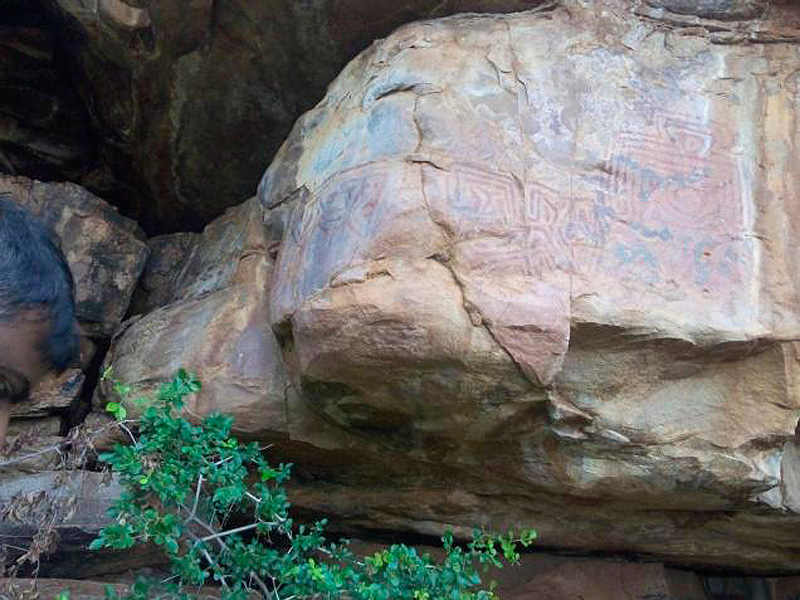
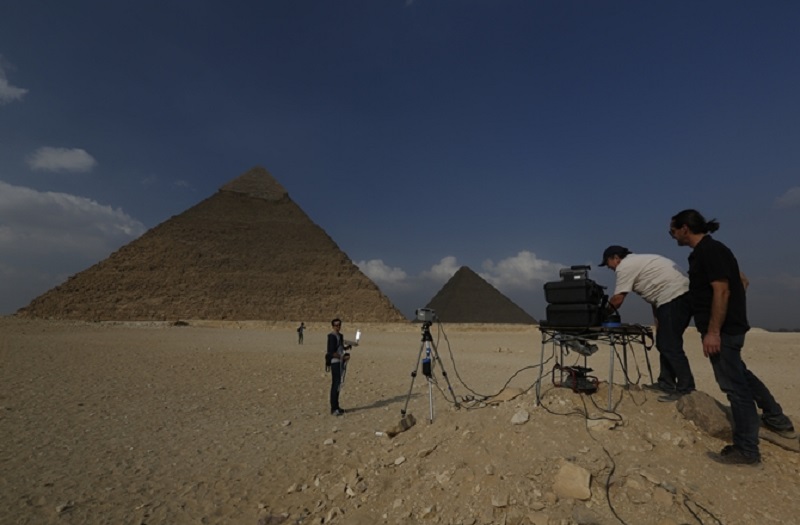
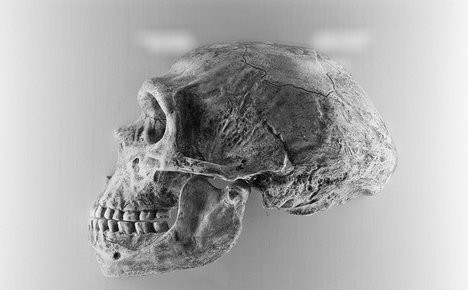
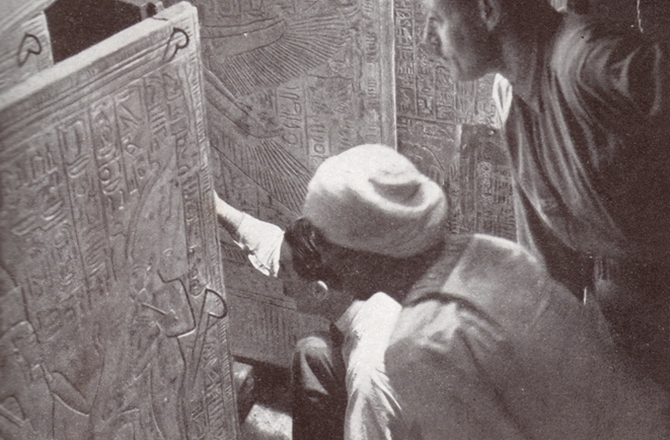




Comment: Imperial strategists have long used religion as a tool to rally the masses, and to divide them. For them, faith is nothing but a means to an end, an end which is clouded by propaganda because of how repellent it truly is.
These days we witness psychopaths rallying to the flags of the Islamic State, al Qaeda, and Boko Haram. These psychopaths then become useful tools for both propaganda and geopolitical purposes. They can be used to topple governments. They can be used as justification for 'intervening' in a country which has not towed the imperial line. And the world is told, both explicitly and implicitly, that these groups represent Islam in a nutshell.
Believing this official lie, the world equates Islam with terrorism and extremism. It becomes a nucleus of division, and takes on a life of its own. The invasion and destruction of sovereign nations and the evaporation of the rights of the public become the 'new normal'. Soon everyone becomes an 'extremist' of some sort, and an 'extremism industry' develops to tell you who's who. Absorbed by these manufactured problems, real problems go unsolved, and real criminals go unpunished as they loot the country . And the ends, clouded by this insane propaganda, are the same. It's the absolute corruption, dehumanization, and ponerization of societies that were conned out of everything by thieves and liars.
Read more: